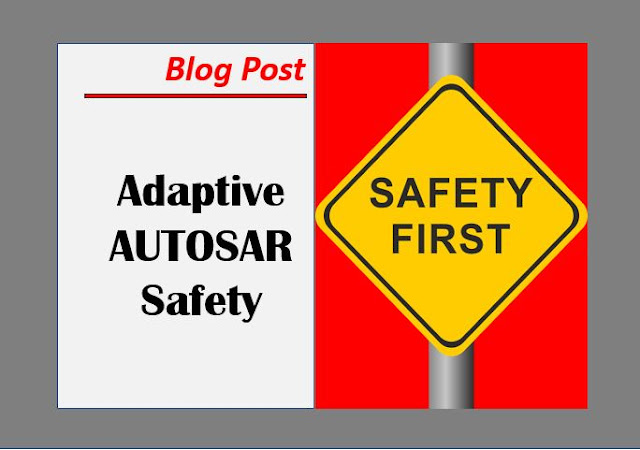In our previous blog , we introduced you to the 11 Safety highlights of Adaptive Autosar. In this blog, let us discuss the first 5 highlights. 1. Safety considerations for high performance oriented hardware While CA is targeted to run on Microcontrollers that offer hard real time performance, Adaptive AUTOSAR Platform is targeted to run on complex SOCs with hardware accelerators such as accelerators for advanced graphics processing, deep learning accelerators, DSPs, Multi-cores etc in order to achieve high performance. Obviously, this means that there is a lot of concurrent processing going on. To achieve deterministic execution for Safety functions, AA provides design guidelines for using parallel processing technologies . An ASIL compliant Hypervisor must be used to partition and isolate the Safety critical aspects of the System from the non-Safety related System. 2. Support for Safe and Secure use of C++ While the CA supports only C language, AP support C++ since it is the lang...




